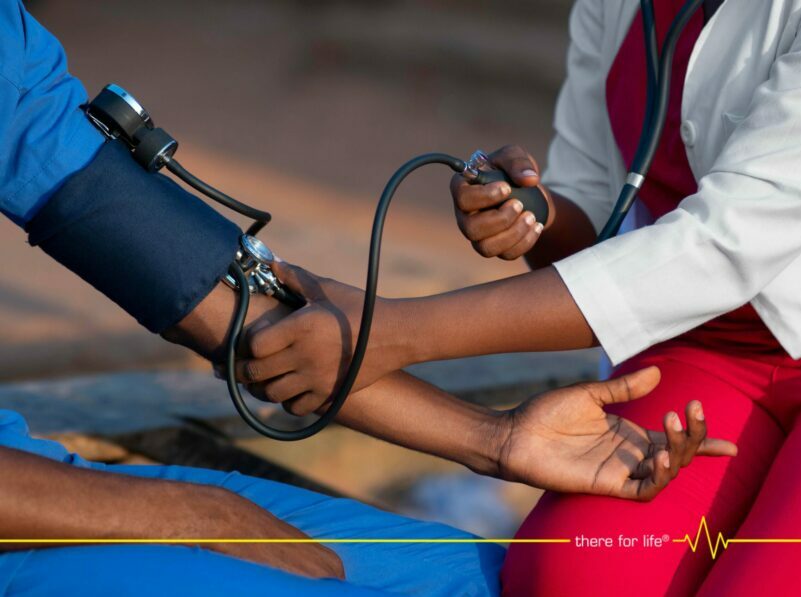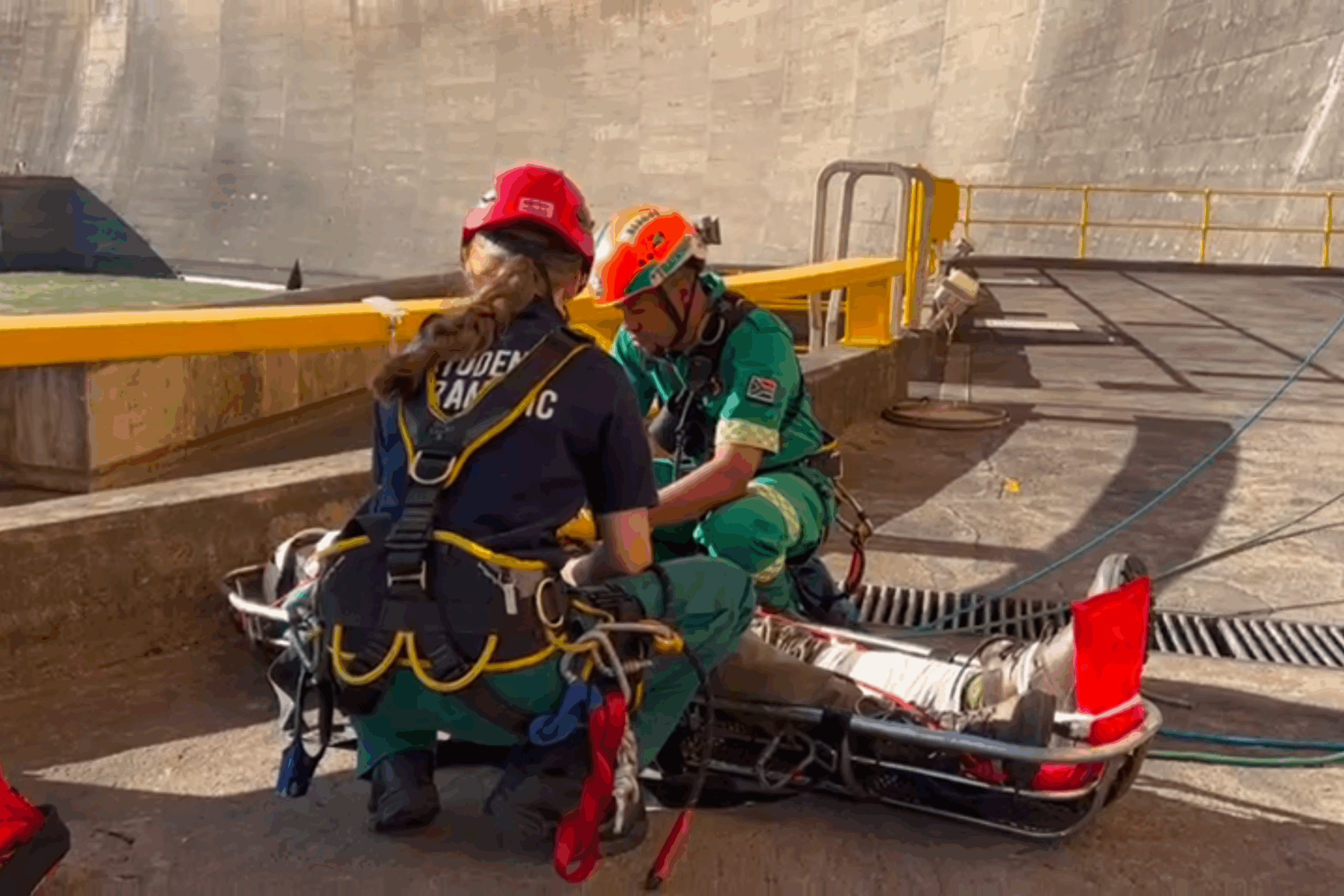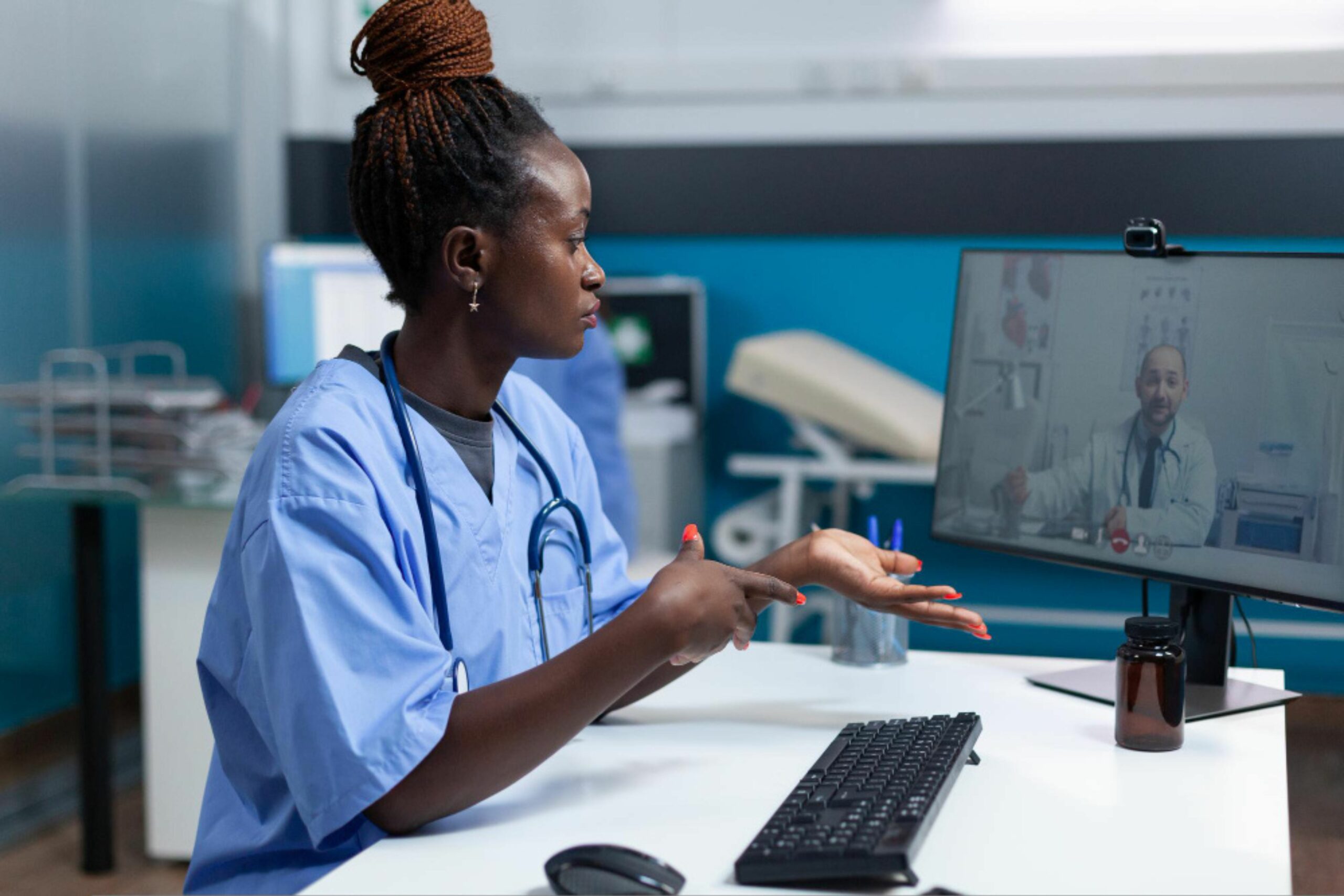
Remote site medical services refer to healthcare and medical assistance provided to workers working on greenfield or brownfield projects situated in remote areas far from traditional healthcare and medical facilities. Projects within the mining, oil and gas, excavation, and construction projects often require remote site medical services. These medical services are a critical requirement for multinational organisations to meet their duty of care obligations and to ensure zero harm to employees working on these sites. These are usually high-risk, challenging environments that require access to immediate medical services. In the blog post below, we discuss what remote site medical services consist of and their importance.
Understanding Remote Site Medical Services for your Organisation
To fully understand the importance of remote site medical services on greenfield and brownfield project sites across Africa, it is essential to identify what these services are.
They include the following:
- On-site medical staffing – This includes the procuring and placing of trained medical professionals, such as doctors, nurses, paramedics, rescue professionals, and emergency medical technicians, stationed at the remote site to provide medical care.
- Emergency response – These services are equipped to handle medical emergencies, injuries, and accidents. They may have specialised equipment and protocols in place for rapid response.
- Construction of medical facilities – This includes constructing medical facilities to provide the necessary care for workers on these project sites. This includes ICU treatment facilities, medical clinics, medical rooms, vehicles, ambulances, trailers, and more.
- Procurement of medical supplies and equipment – These services include procuring and supplying necessary medical supplies, equipment, and medications to address various health issues. Medical equipment includes defibrillation, resuscitation, patient monitoring, ventilation, emergency and surgical supplies, etc. Rescue equipment includes harnesses, rope, anchor devices, patient care, and transport, fire and rescue personal gear, etc.
- Medical Evacuation Response plans (MERP) – In cases where a medical condition cannot be adequately addressed on-site, remote site medical services will have established procedures for safe and efficient evacuation to a specialised medical facility. This includes aeromedical evacuations.
- Occupational health check-ups and preventive care – This includes regular health check-ups and preventive care programs for workers where their health can be monitored and any potential issues managed to prevent severe illness or injury.
- Ongoing training and education – This includes training sessions for on-site staff to be proficient in basic emergency response and other medical procedures. This also refers to the continuous skills development of medical and rescue personnel on-site to ensure their knowledge and skills are current with the latest industry requirements and regulations.
With many different requirements for remote site medical services, many multinational organisations turn to experienced total healthcare management solution providers with extensive experience within this field. One such provider is ATA International, which prides itself on “Healthcare management that’s there for life”. Below, we look at how ATA International’s remote site medical services work and how they solve several different challenges.
How Remote Site Medical Services Work
Remote site medical services are significant in ensuring workers working on these project sites have access to the right medical services. The services mentioned above provide several solutions to challenges experienced within these remote environments, which include:
- Limited access to healthcare facilities: Many remote project sites in Africa are located in areas that have limited or no access to healthcare facilities. The nearest hospitals or clinics might be hours away, making it crucial to have on-site medical services to provide timely care in case of emergencies or even routine medical needs.
- Infrastructure challenges: Infrastructure in remote areas is often inadequate. This can delay getting to a medical facility, especially during emergencies. On-site medical services ensure that immediate medical attention can be provided without relying on healthcare centres that are hard to reach and far away.
- Health risks and hazards: Some remote project sites might be located in regions with unique health risks, such as tropical diseases, wildlife encounters, extreme weather conditions, or occupational hazards. On-site medical services can provide specialised care and preventive measures tailored to these risks.
- Timely response to emergencies: In case of accidents, injuries, or illnesses, having medical personnel on-site ensures rapid response and early intervention, which can potentially save lives and reduce the severity of health issues.
- Healthcare infrastructure development: On-site medical services contribute to the development of healthcare infrastructure in the region. They may train local personnel, establish basic medical facilities, and improve the local population’s overall health awareness and capacity.
- Employee health and well-being: For projects involving staff or workers, ensuring their health and well-being is crucial for ethical and productive reasons. On-site medical services help maintain a healthy workforce and reduce downtime and absenteeism due to health-related issues.
- Cultural and language considerations: In remote areas, language barriers or cultural differences could affect communication and understanding between local populations and healthcare providers. On-site medical teams familiar with the local culture can bridge this gap effectively.
- Logistical challenges: Transporting a sick or injured person from a remote site to a distant healthcare facility can be logistically challenging and time-consuming. On-site medical services eliminate the need for such transportation and provide immediate patient care.
- Preventive healthcare: On-site medical services often include preventive healthcare measures such as vaccinations, health screenings, and health education, which are necessary to prevent the spread of diseases and promote worker well-being.
On-site medical services in remote project sites in Africa address several challenges posed by the limited access to healthcare facilities, infrastructure issues, health risks and more. These services contribute to the project’s smooth operation and overall success.
The Importance of Occupational Health in Preventative Medical Care
On-site occupational healthcare is just as crucial as emergency medical care as it fulfils a preventative approach and has several different benefits, including:
- Promoting worker well-being: Remote project sites can expose workers to physical, chemical, biological, and ergonomic hazards. Occupational health programs ensure that workers are educated about these risks and are provided with the necessary training, personal protective equipment (PPE), and safety protocols to prevent accidents, injuries, and illnesses.
- Risk assessment and management: Occupational health professionals conduct thorough risk assessments to identify potential health and safety hazards specific to remote project sites. By identifying these risks early, appropriate measures can be taken to minimise or eliminate them, ensuring a safer work environment.
- Health promotion and education: Occupational health programs on remote project sites promote healthy behaviours and practices among workers. This includes educating workers about proper nutrition, hydration, sleep, stress management, and exercise, all of which contribute to their overall well-being and ability to perform their jobs effectively.
- Prevention of occupational illnesses: Exposure to hazardous substances, extreme temperatures, noise, and other work-related factors can lead to occupational illnesses. Occupational health programs focus on preventing these illnesses through regular health screenings, medical surveillance, and monitoring of potential symptoms.
- Compliance with regulations: Many countries have regulations and standards that mandate employers to provide employees with a healthy work environment, regardless of location. Occupational health programs help companies comply with these regulations and avoid legal and financial repercussions.
- Productivity and performance: Healthy workers are more productive and engaged. Remote project sites can maintain higher productivity and employee satisfaction by addressing occupational health concerns.
Investing in occupational health programmes and preventative care on remote project sites can have long-term benefits as this reduces worker turnover, absenteeism, and overall healthcare costs. It also enhances the company’s reputation as a responsible employer.
How do you know what remote site medical services your project requires?
Remote site medical services and occupational healthcare programs must form part of an integrated and complete healthcare management solution, such as the ones provided by ATA International. ATA International has designed a specific process with their years of industry experience and knowledge that assists in identifying and implementing the right medical and occupational health services for the particular needs of the project at hand. This includes:
- Surveillance Audit – During the surveillance audit, the ATA International team will obtain a complete and extensive overview of the project, which will assist in identifying the on-site medical needs and requirements for the project.
- Complete Healthcare Management Plan and Strategy – Once the audit has been completed, the ATA International team will identify all the medical, emergency and occupational health-related risks and the services required to mitigate these risks.
- Procurement and Implementation of the strategy – ATA International will assist in procuring and implementing all medical, emergency and occupational health services once the design and plan are approved.
- Ongoing Support and Training – Once all medical, emergency and occupational health services are in place, ATA International will provide ongoing support and advice to ensure that the medical service needs and requirements are met.
By working with ATA International and implementing their complete healthcare management solutions, multinational organisations can ensure the following:
- They meet their duty of care requirements and ensure your worker can access timely medical and emergency care.
- Provide employees fast access to quality medical care in the event of an injury, accident, illness or emergency.
- Minimise workplace injuries through effective injury management and on-site specialist support.
- Save on costs by effectively managing recordable injuries and preventable illnesses and, in doing so, reduce productivity loss due to absenteeism.
- Ensure compliance across occupational health regulations and standards.
- Enhance business continuity by having suitable healthcare measures in place so that operations are unaffected.
- Improve your business’s reputation by being an organisation that looks after your employees and cares, which will directly impact stakeholder and investor perceptions.
Conclusion
From the above, it is clear that remote medical services play an essential role in ensuring that workers have access to quality medical, emergency and preventative healthcare services. Ensuring that the right medical services are in place is vital to the ongoing success of the project, which is why it is critical to ensure that you have partnered with a provider like ATA International, which has the expertise required to assist you in identifying and setting up the medical services needed on your unique project site. For more on ATA International’s services, visit https://ata-international.com/services/on-site-medical-staff/


